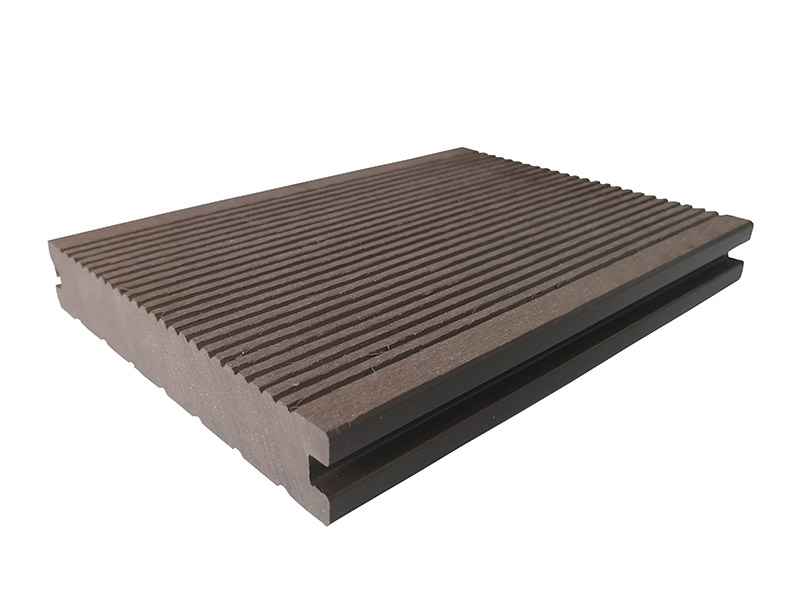

But they certainly aren’t your only option. Thinking about Getting a Composite Deck?īottom line: composite decks are about the easiest and most versatile decking option available. Others can get composite decking that doesn’t resemble wood at all. Those who want the look of painted wood can get any color they want. For those who want the natural look of wood, there is composite decking textured and colored to match stained lumber. Over several years, it’s grown to form its own identity rather than being a mere comparison to wood.ĭue to the way it’s made, composite decking is available in just about any color and texture a customer could ask for. The whole point of composite decking has always been to be a strong, affordable alternative to wood that looks just as nice. It can believably last you up to 50 years. It doesn’t get infested with termites or rot. DurableĬomposite doesn’t splinter or split. Just wash it once and a while with soap and water. Minimal MaintenanceĬomposite decking means no sanding, no staining, and no sealing, ever. Overall, producing Trex decks instead of lumber resulted in 93% less ecological toxicity. One study found that the process used to make Trex composite decks emits 36% less greenhouse gas than producing pressure-treated lumber. Composite decks are also green to produce. And that’s not only due to using recycled materials.

Eco-Friendlyįirst, as we’ve mentioned, they’re usually the most eco-friendly option. Here are the main benefits composite decks have over other types of decking. How is Composite Decking Better Than Other Decking Materials? Some companies add an extra layer of protection on the outside, like a shell or seal. This protective layer may reduce the likelihood of accidental staining or color-fading due to UV exposure. For example, some add extra ingredients or multiple layers of materials to reinforce the strength of the boards. Some companies add a few extra steps of their own to give additional benefits to the final product. The pieces retain this shape as they are cooled and hardened.Ĭompression molding is where the molten mixture is poured and pressed into a plank-shaped mold. When the mixture is pushed through the die it produces plank-shaped pieces. Then the mixture is shaped to look like wooden planks in one of two ways, extrusion or compression molding.Įxtrusion uses a specially shaped hole called a “die,” to shape the material. The ingredients are mixed together while the plastic is molten. The mixture is generally made to mimic the appearance and texture of wood. But composite decking is usually your most environmentally friendly option. You can check with the specific decking company you’re considering to find out for sure. Because of this, it’s common for composite decks to be made from mostly recycled material. What Are Composite Decks Made Of?Ĭomposite decks are made primarily of wood particles and plastic. To learn if composite decking is the best option for you, read on. The following article gives a brief but comprehensive overview of all you need to know about composite decking. Lucky for them, we have all the answers right here. These are questions everyone asks when making plans for their very first deck. What are composite decks? What are they made of? How do they compare to wooden decks?


 0 kommentar(er)
0 kommentar(er)
